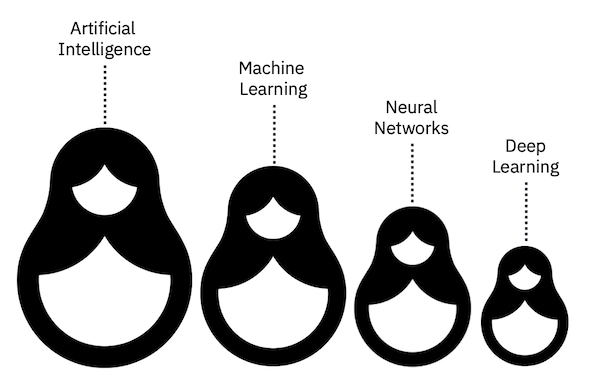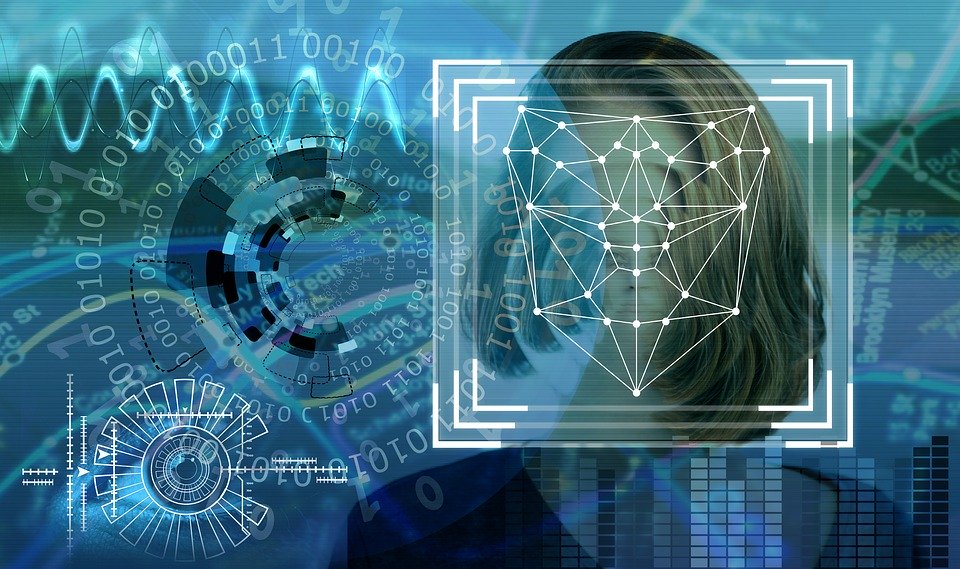IBM, Amazon, and Microsoft announced last week that they would not sell their facial recognition tech to police amidst nation-wide anti-police-brutality protests, at least not until a federal legislation regulating the technology is passed. What does this mean for reliability and privacy concerns of enterprises implementing or looking to adopt the technology? To help answer this question, we go over just what’s involved in facial recognition tech, from biometrics and AI to deep learning and cloud-based applications, so that you can Live Easy.
What is Facial Recognition and How Does it Work?
Facial recognition is the identification or verification of someone’s identity using a digital faceprint. This generally means detecting a face on a camera, analyzing it for features including distances between the chin and forehead, or between the eyes, then turning that analysis into a mathematical formula so that the features become numbers in a code. This code is what makes up a person’s faceprint.
For identification and verification, faceprints within a database are compared against each other. The FBI, for instance, has access to over 641 million pictures, while any photo tagged with someone’s name becomes a part of Facebook’s database. In fact, facial biometrics continues to rank as the most preferred biometric benchmark.
Biometrics are human characteristics, like fingerprints and facial patterns, that can be used digitally to ID a person seeking access to corporate systems, devices, or data. Because facial recognition is quick, easy to implement, and requires no input from the user, it’s thriving. So, what’s behind it?
Artificial Intelligence, Machine Learning, and Deep Learning
Artificial intelligence (AI) and deep learning are a force behind the growing use of facial biometrics by enterprises. And it’s Artificial neural network algorithms that are helping facial recognition algorithms improve accuracy. IBM uses the following example of Russian nesting dolls to explain how each of these components relates to each other.

AI is the broadest term used to describe the demonstration of human intelligence by machines. In other words, AI makes it possible for machines to learn from experience, adjust to inputs, and complete human-like tasks. Its strength is then defined by its ability in comparison to humans.
Machine learning, a subset of AI, uses labeled datasets to learn the difference between data inputs. Human intervention is required to label the datasets. For instance, when a user labels images of a cloud, a server, and a motivated entrepreneur, machines can learn to identify these items in the future based on the labels. The use of labeled data sets is also known as supervised learning.
Within machine learning, artificial neural networks (ANNs) use a set of algorithms to imitate the human brain, learning from repeat processes on multiple layers. Each layer moves information learned from the previous layer on to the next as an output. The outputs generated by all layers are then combined to determine final output of the whole neural network.
An ANN with more than three layers can be considered a deep learning algorithm. A subset of machine learning, deep learning allows systems to learn from unlabeled, or unstructured data. Patterns in the data are detected as inputs, which are then clustered and classified. As a result, deep learning needs larger datasets for better accuracy.
With deep learning at the core of facial recognition tech, and as these data sets grow, “facial recognition systems are getting better all the time,” says Thales. The four years leading up to 2018 saw an improvement of 20X in the rate of failure to correctly match an image in a database of 26.6 million photos, from a 4% failure rate in 2014 to 0.2% in 2018. 2019 and early 2020 demonstrated a greater interest in facial recognition tech, particularly cloud-based, showing us that these datasets are going to get massive. All that data needs to be managed properly and efficiently for seamless business operations, and that’s where the cloud makes its entrance.
Cloud-Based Facial Recognition
Cloud service companies are in on the facial recognition movement. Common names like Azure and AWS, to mention a couple, have made facial recognition available on the cloud and on premises. This means easier deployment for enterprises with any form of hybrid cloud setup looking to add a level of security to corporate authentication.
From Microsoft Azure comes Face, an AI service for analyzing faces and images that can be run in the cloud, on-premises, or on the edge in containers. From AWS, Amazon Rekognition boasts custom labels that can be applied to images specific to your enterprise needs. Managing facial recognition on the cloud is making the technology more flexible, allowing the market to branch out.
According to Thales, surveillance in the public sector continues to be a primary driver for the growth of the facial recognition market, with security and law enforcement being one of the main uses for the technology. If that’s the case, why aren’t giants Amazon, IBM, and Microsoft sharing the technology with police? It comes down to a lack of regulation and fear of misuse. The possibility of a mismatch remains, and if it’s going to affect the lives of the public, it’s going to need to be regulated. With the topic making headlines though, lawmakers might just be more eager to do so now.
At LeCiiR we’re all about security, reliability, and innovation. We love to see AI boosting the growth of tech markets across the board and of course, we love that it’s all moving to the cloud. With our cloud services, we create unique SLAs tailored to your enterprise projects and plans for growth, so that you can Live Easy. For questions on our services or any other topics don’t hesitate to contact us and leave your comments.

References
AWS, Amazon Rekognition: Automate your image and video analysis with machine learning. June 2020.
Eda Kavlakoglu (IBM Cloud), AI vs. Machine Learning vs. Deep Learning vs. Neural Networks: What’s the Difference? May 2020.
Maria Korolov, What is biometrics? 10 physical and behavioral identifiers that can be used for authentication. February 2019.
Microsoft Azure, Face: An AI service that analyzes faces and images. June 2020.
Panda Security, The Complete Guide to Facial Recognition Technology. October 2019.
Rebecca Heilweil, Big tech companies back away from selling facial recognition to police. That’s progress. June 2020.
Thales, Facial recognition: top 7 trends (tech, vendors, markets, use cases and latest news. May 2020


Recent Comments